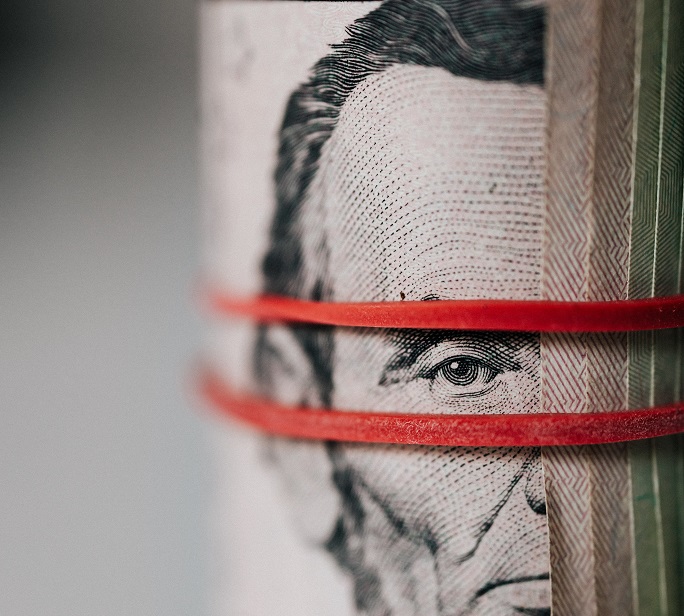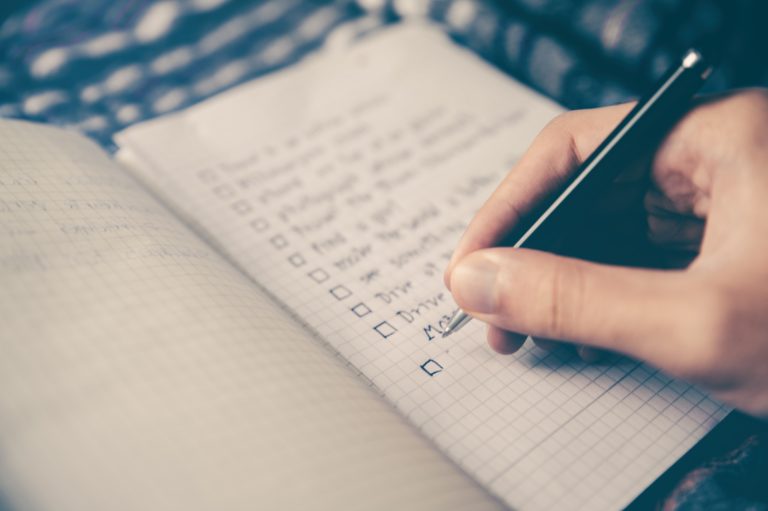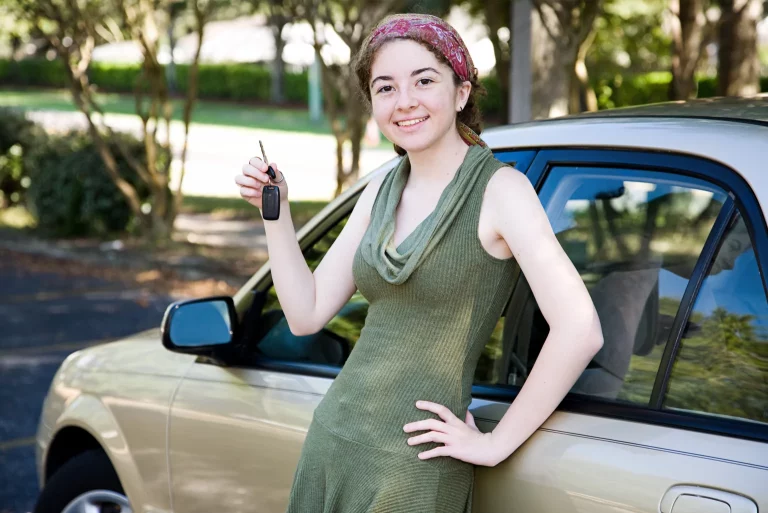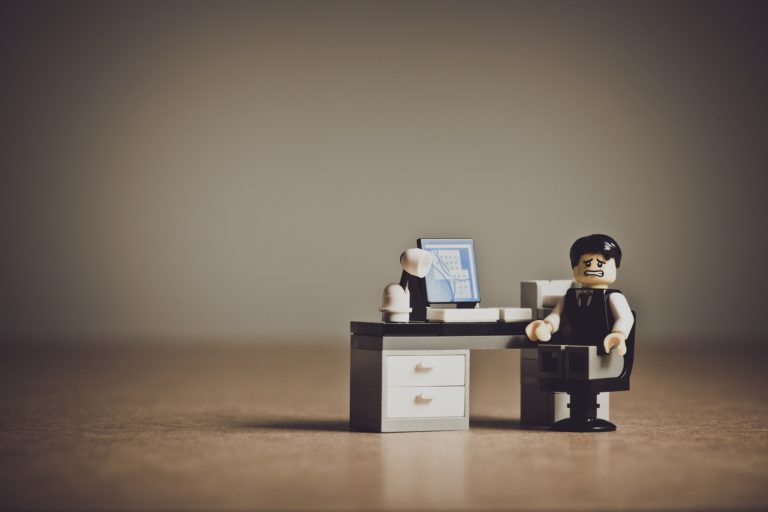Know Your Secure and Unsecured loan rates

The hunt for a good loan opens up two odd choices – secure and unsecured loan rates. Both have their pros and cons, but how do you know which one is right for you?
When you borrow against your home, car, or other valuables, you risk repossession, but you also get to borrow more. A loan for school, shop on credit, or take out a loan, you lower your limits, but a failure to pay it back doesn’t cost you a house.
So, which one should you choose?
The answer often lies within the rates, or how much of a fine on top of the money you borrowed you need to add to the total. A secured loan, or loan with collateral, comes with much lower interest rates than an unsecured loan, (those pesky credit cards and student loans).
You have to do your homework before you decide on any loan, big or small. Let’s take a closer look at the differences in rates and how you can make a smart money move and avoid drowning in debt while getting what you need.
Scroll down for a deep dive into secure and unsecured loan rates.
Table of contents
What is the average interest rate on a secured personal loan?
What is the rate of interest on unsecured loans?
Secure and unsecured loan rates
What is the maximum you can borrow on an unsecured loan?
How To Apply For An Unsecured Loan
Did you know that the COVID-19 pandemic had a direct impact on the personal debts of Australians? Rate City reported that in October of 2020, personal debt totalled 144.7 billion, but just one year before it reached 166.9 billion.
What is the average interest rate on a secured personal loan?
To help explain this, let’s look at an example.
Mike lives in Sydney, makes about 45,000 AUD per year and rents a flat for 495 AUD each month. He likes his job, but he wants to start his own business designing websites and is willing to put his car up as collateral for a secured loan.
The bank needs Mike’s risk profile to calculate his secure and unsecured loan rates. A risk profile gives a bank a better idea of a person’s attitude about financial risk, their stability, and the likelihood that they will get their money back.
Mike’s risk profile show’s he has a long history of paying back his credit card company. His money management skills pushed his limit up to 9,000 AUD each month.
The positive history and low amount of risk positions Mike to take out about 11,000 AUD if he can pay it back in one year. He agrees and the bank sets his interest rate at 6.99 percent p.a. (per annum, or each year).
Banks see applicants like Mike as easy, safe investments. These are professionals who can handle a savings account and their monthly bills and have a clear concept of their career trajectory, even when they take a big risk.
What is the rate of interest on unsecured loans?
Someone very different from Mike could be Carol, a freelancer who does not own a house or a car, and therefore can’t offer the bank any collateral. She also wants a loan so she can leave freelancing behind and open a small tutoring center, but her situation presents problems for the lending officer.
Carol only earns about 30,000 AUD a year and chose to live with her parents to keep her costs down. However, a relative left her a small inheritance that pays her an extra 5,000 AUD each year.
She’s not great at saving thanks to some bad spending decisions in her younger years. She owes a credit card company and pays about 300 AUD a month to manage her debt.
Carol knows she isn’t the ideal candidate for a loan going into the bank, but she’s hoping her long-term plan to pay them back over three years might sway their decision. After she lays out her plan for the center, she does get a loan, but it comes with a rate of nine percent p.a.
Rates can go much higher than Carol’s, sometimes hitting almost 25 percent p.a. Each person gets evaluated on a case by case basis and one borrower’s rate does not affect another. Your secure and unsecured loan rates will be tailored to you and your situation.
Secure and unsecured loan rates
The short answer is, it depends. You need to weigh all of your options and be realistic with yourself about what you can pay back and what causes you struggles.
Look at a few factors – what is your rent, your mortgage payment, your income, your number of dependents and your current debt? Then consider what the bank will want as collateral for the loan, your house, your car, or some other asset like a parcel of land.
Can you afford to lose any of those things?
A person with at least one property and one car who earns a steady income, has a manageable mortgage and maintains a savings account can go for a low-interest, secure loan. Someone without those things who needs a large amount of money can go for the higher interest rate, but needs to calculate exactly how much those payments total each month.
Both secure and unsecured loan rates will help you determine the best loan for you. Ask for a detailed breakdown of all the fees each loan requires you to pay – don’t settle for generalized statements. When it comes to loans, numbers are your friends.
What is the maximum you can borrow on an unsecured loan?
Secured and unsecured loan rates can vary widely. Your maximum loan varies depending on how much you earn. You might get offered a loan of 100,000 AUD, but the interest rate will cost you an extra 35 percent p.a.
Your best option is to consult with a financial professional or loan officer about what amount you can manage and what level of payments work for your budget. Unless you plan to make a big change in your career, your education, or living situation, taking on a massive sum of money won’t necessarily help you.
If you can manage the extra expense, go for it.
How To Apply For An Unsecured Loan
The best place to apply for an unsecured loan is at your personal bank. You need to be a resident of Australia or New Zealand or hold an Acceptable Visa for at least one year before you apply.
You must be 18 years old or more and have the following documents:
- Anything showing current debts, like home loans
- Proof of income, like payslips or a government document showing your pension or allowance
- Bills showing your regular, monthly expenses
You also want to check your credit history before anyone at the bank sees it to make sure you don’t have outstanding debts to anyone. You can get a free credit report online and print out a copy for the bank to speed this up.
The important thing to do before you get a loan is to create a payment plan and then a budget that will help you stick to that plan so you don’t get behind. Both secure and unsecured loan rates will require a lot of planning on your part. Otherwise they can sneak up on you and leave you skint.
Need help with a loan or paying your debt?
Secure and unsecured loan rates don’t have to be scary . We can help you navigate the world of finance and help you get your money.
Contact our team of passionate professionals to get the money you need and the guidance to make it work for you. Contact us today and let us help you improve your financial health.






